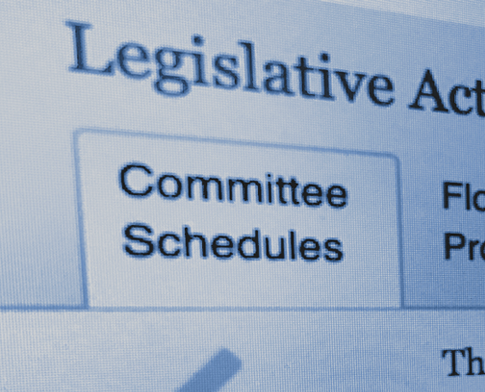Tax Update (September 7)
| Tax Cuts 2.0
House Ways and Means Republicans released three new one-pagers (linked below) highlighting the benefits of their Tax Cuts 2.0 plan. The plan, expected to be marked up next week, offers little in terms of detail. Here are a couple takeaways: · Allows for new businesses to expense more of their startup costs. · Makes the tax cuts permanent for individuals and small businesses, while avoiding tricky issues like the State and Local Tax cap. · Expands and creates additional savings vehicles for retirement and education, such as 401(k) pooling and eliminating IRA contribution age limits.
Tax Cuts 2.0: · Tax 2.0 Innovation[i] · Tax. 2.0 Rates[ii] · Tax. 2.0 Savings[iii]
JCT Tables: · Tax Cuts and Jobs Act Effects[iv]
Joint Economic Committee Hearing The Joint Economic Committee (JEC) held a hearing[v] examining the “Positive Economic Growth Effects of TCJA.” Democrats and Republicans continue to be divided regarding the outcomes and impacts of the Tax Cuts and Jobs Act (TCJA) on consumers, businesses and families across America. Chairman Erik Paulsen (R-MN), along with witnesses Scott Hodge of the Tax Foundation, Dr. William Dunkelberg of the National Federation of Independent Business, and John Hinderaker of the Center of the American Experiment stated that the TCJA has provided ample relief to middle class families, corporations and small businesses alike. Ranking Member Martin Heinrich (D-NM) and witness Dr. Benjamin Harris of Northwestern University, alleged that the Republican figures have been misleading and that short-term benefits of the TCJA have not resulted in true cuts for the average American. In addition, they both believe long-term growth from the TCJA will stall sooner rather than later.
OECD Shakes Up The BEAT Speaking at the International Fiscal Association Congress in Seoul, South Korea, the Organization for Economic Co-operation and Development Director of Tax Policy, Pascal Saint-Amans, said the new U.S. base erosion tax “looks like a vote of no confidence” in the arm’s length principle, which is the fact that parties to a transaction are independent and on equal footing and are the backbone of transfer pricing. The Base Erosion and Anti-Abuse Tax (BEAT) imposes a minimum tax on companies with average annual gross receipts of $500 million or more that make base erosion payments to foreign parties equal to at least 3 percent of their total deductions. “Something like an earthquake that people have not really understood is happening,” said Saint-Amans. Pam Olsen, US Deputy Tax Leader and Washington Tax Services Leader with PwC, echoed these sentiments saying the BEAT represents a serious governmental reconsideration of usefulness of the arms-length principal for transfer pricing.
[iv] https://imgur.com/a/43d45Yl
[v] https://www.youtube.com/watch?v=CS2LqzPx7Lk
|
HOUSE.GOV
The Week Ahead
For the main events of the next week and more, go straight to the key events on the house.gov website.
SENATE.GOV
The Week Ahead
For the main events of the next week and more, go straight to the key events on the senate.gov website.


